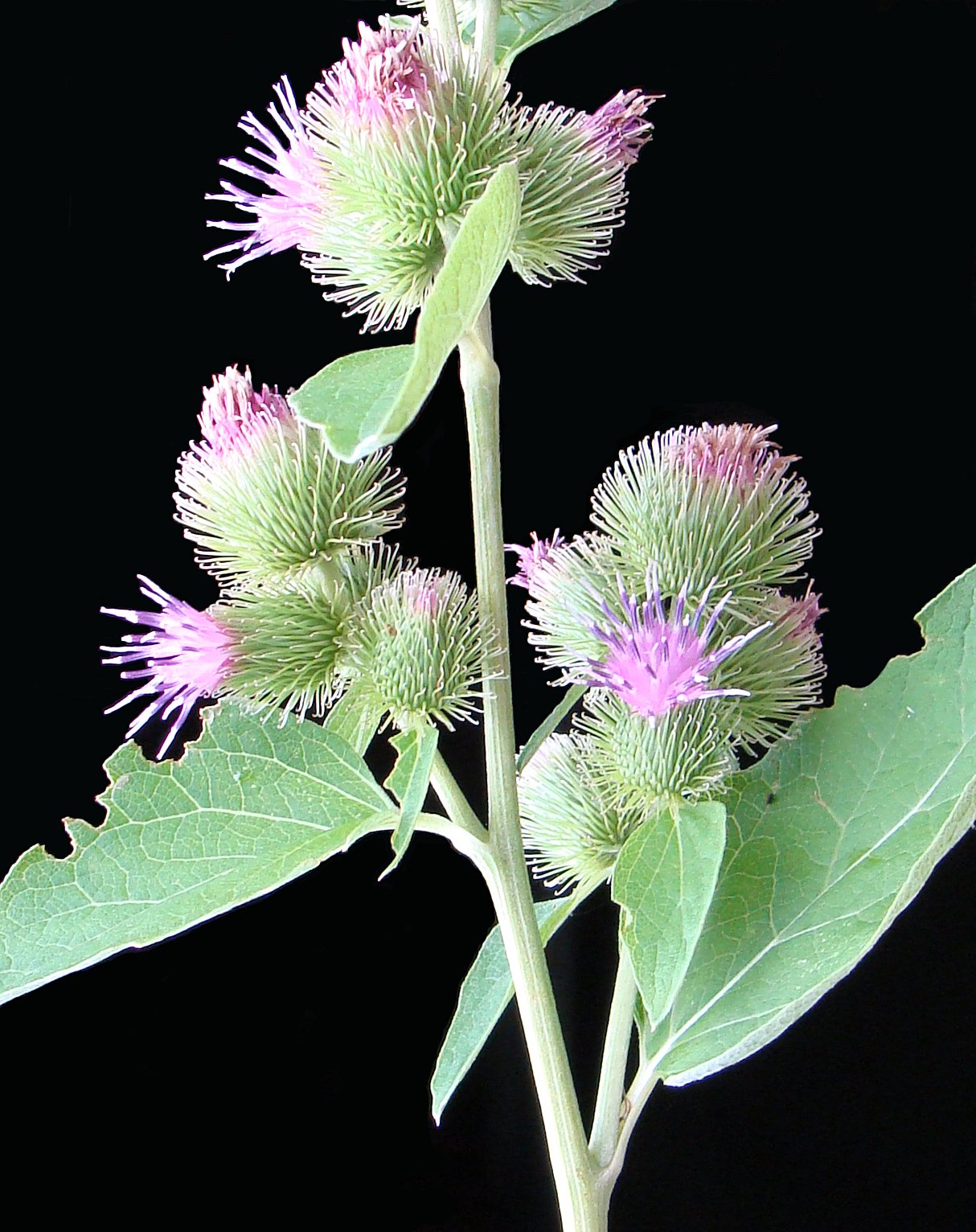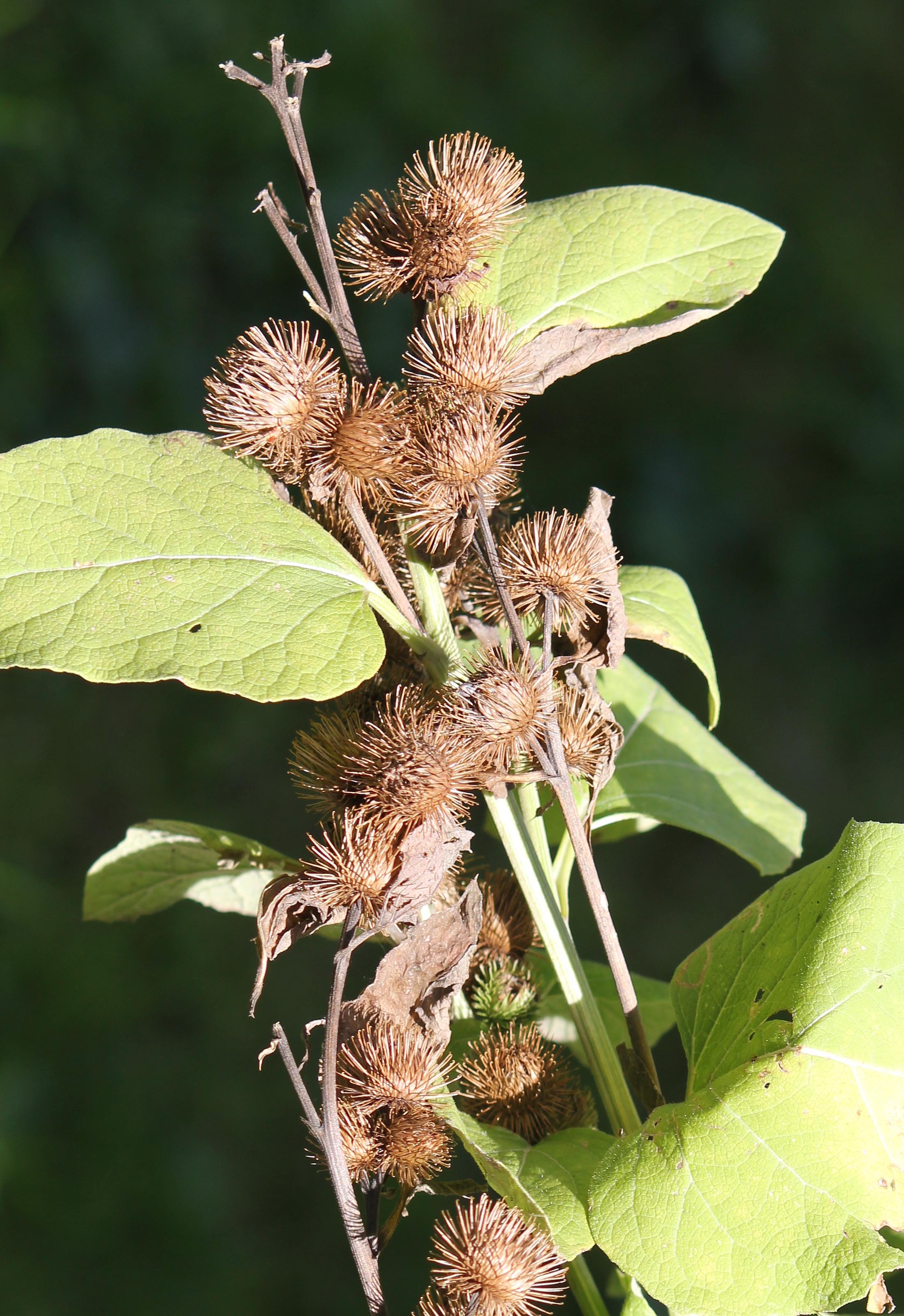Invasive Plants Kill Birds and Bats
SICIM Email
By Tom Berg. This article won an award at the Outdoor Writers Conference in 2022.
Recently, my wife and I were sitting in the garden in our back yard, enjoying the evening breeze and watching different birds flit among the branches of our pine trees. The sun had just disappeared behind the western horizon, but the sky was still fairly bright. Darkness would be falling very soon. A quick movement in the sky overhead caught our attention, and we looked up to see the first bat of the evening appear as it wheeled and flitted across the yard. Soon another bat joined it, and then another. Within a few minutes, there were seven bats flying around over our yard and our neighbor’s yard, catching mosquitoes and other insects with ease.
We had discovered that there was a colony of Eastern red bats living somewhere in or near our yard a couple of weeks earlier when we were watering the gardens just before dark. A bat swooped in at eye level just as I finished watering our tomato plants, and since it wasn’t dark yet I could easily see his black wings and the reddish fur on his body. It was definitely an Eastern red bat. That’s when my wife and I decided to spend a few minutes each evening sitting on the bench in our garden to watch the bats before darkness fell. We enjoyed watching the small creatures patrolling the skies over our yard, and I was particularly happy to see them catching mosquitoes. They were fun to watch, too!
As we sat watching, we saw one bat fly low through the yard and suddenly land on a tall plant about four feet off the ground. I was surprised, because I had never seen a bat land while it was hunting insects. I wondered if he had caught a particularly large bug and needed to land to eat it! I expected the bat to take flight again within seconds, but he never did. I walked over to see what he was doing, and it looked like he was eating or chewing on the flowers of the weed. I quickly ran inside the house to get my camera to see if I could get a photo before he took off. When I came back with the camera, my wife said he was still there. I got fairly close and took some photos, but I still expected him to fly away at any moment. He never did. The weed that he had landed on was the noxious burr-producing weed called common burdock (Arctium minus), and it looked like he was hugging the flowering burrs and chewing on them.
I did not know it, but he was actually stuck to the burrs like Velcro! When darkness fell we went inside, and I was sure he would be gone by morning. After all, he had the entire night in front of him. The next morning when I left for work, I checked to see if he was gone. Unfortunately, he was still there and he was not moving. In fact, he was dead! I was shocked and surprised!



I did some research online that evening and I found that the burdock plant, along with the related cocklebur plant, has been known to trap bats and small birds if the creatures accidentally get caught in the sticky burrs. Bats and birds that become entangled usually die from exposure or starvation since they find it very difficult to free themselves to find food and shelter. I felt bad for the poor bat, especially since I had not realized he was stuck. I always try to remove the invasive burdock plants from my gardens when I see them, simply because they tend to take over open areas if allowed to spread. The burrs also stick to almost everything (including clothes), and they can be difficult to remove. This particular plant had eluded my sight until the bat landed on it.
Burdock burrs have curved hooks or barbs that hook into the fibers of our clothing, but they also hook and hold animal fur and feathers, too. As a matter of fact, these burrs were the inspiration for the invention of the Velcro fasteners that we use in our everyday lives today. The spines of burdock burrs are even sharp enough to penetrate the thin layer of dead skin on your fingers, so they can stick to your bare skin, too.
I was surprised to learn that small birds like hummingbirds, finches, wrens, warblers and others can be trapped and die if they become entangled in burdock plants. Bats of all species are vulnerable, too, because the burrs stick to their fur even better than it sticks to feathers. Burdock is only spread by seed, so the best way to control the plant is to destroy the seeds before they can be dispersed. Flowers appear in mid-summer and slowly dry out to become burrs. The seeds are inside the round burrs. Those burrs should be cut off and bagged in your garbage. Do not try to compost them because the seeds may not be killed by composting.
Luckily, burdock plants are biennial, so it takes them a full two years to mature and produce flowers and burrs. During the first year, the plant develops a deep tap root and displays leaves only. It is during the second year that the tall stalk grows and produces flowers. Attempting to pull up or dig up a burdock plant is not easy, because the root is very deep and it breaks off easily when pulled. Like a dandelion, it simply re-grows another plant if the entire root is not removed.
Please do the bats and birds in your neighborhood a favor and remove every burdock and cocklebur plant that you find. If you control the plants on your property, you will help reduce the spread of this invasive weed. I removed this plant the next day. We should all be concerned with threats to the environment and the creatures that call it home, and controlling burdock is an easy way to help.
For more information on burdock identification and management, visit the Midwest Invasive Species Information Network Website.